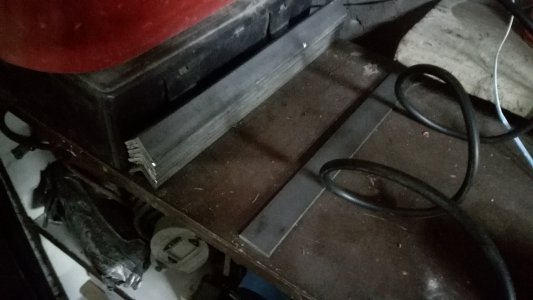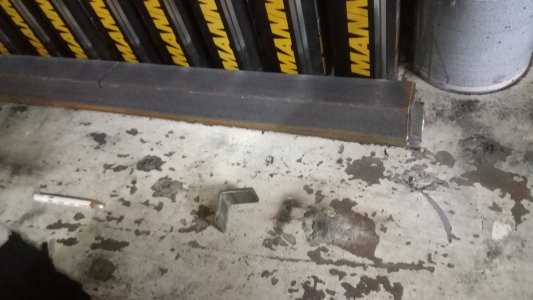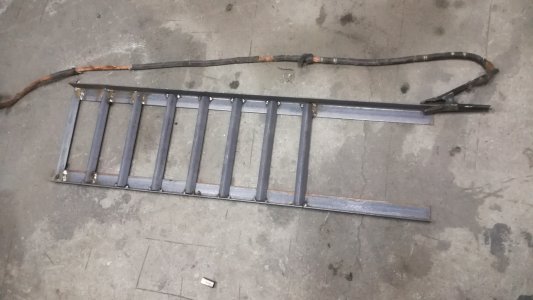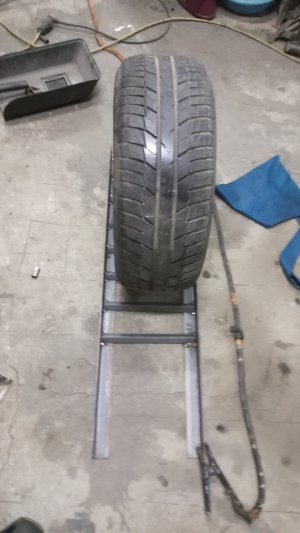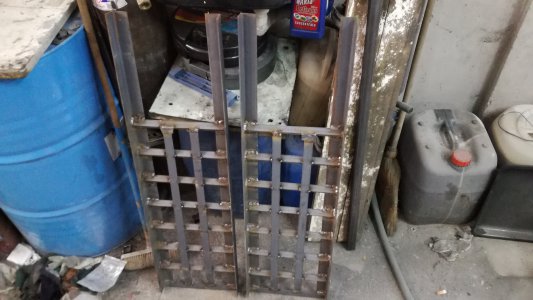- Joined
- Jul 14, 2017
- Messages
- 2,446
Just remember, there also is a "range" for what you can reach when underneath the vehicle, so you don't want it too high. High enough to get under it (possibly with a creeper) and get parts in and out, but making it higher than needed can make actually working on the vehicle much more difficult.
But who of us don't need an ab workout?
I know what you mean, when is too high to work on your back and is too low to stand up.
I work 10-12 hours almost every day of the week at work, my ab are tired by the time i get home.


